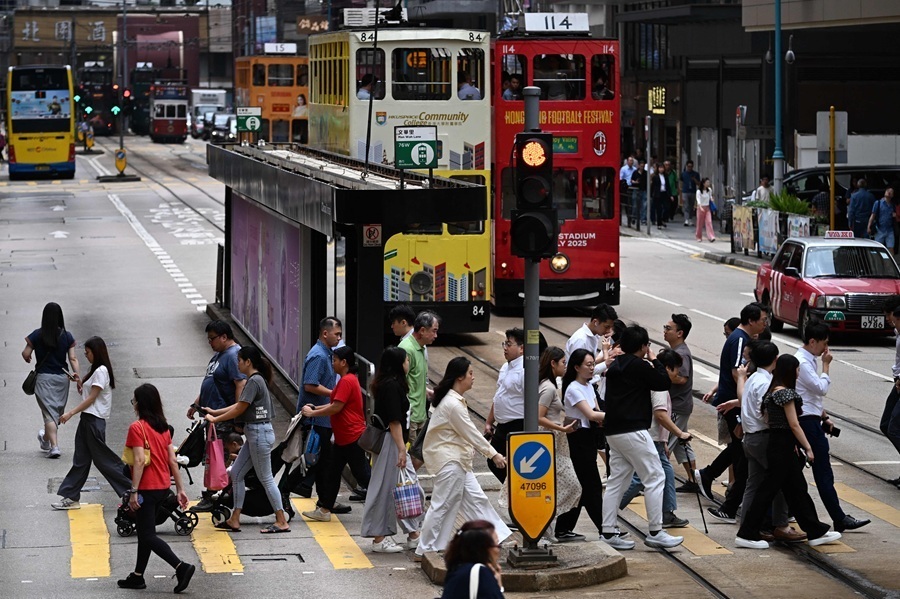Why are China’s store prices lower than online? The overcapacity puzzle
China’s overcapacity crisis is pushing physical store prices below online deals, reversing the usual trend. Rising e-commerce costs, fierce platform competition and logistics expenses have made in-store shopping a surprisingly cheaper option in cities like Chengdu. Lianhe Zaobao senior correspondent Chen Jing takes a look at how China and the outside world are handling the overcapacity issue.
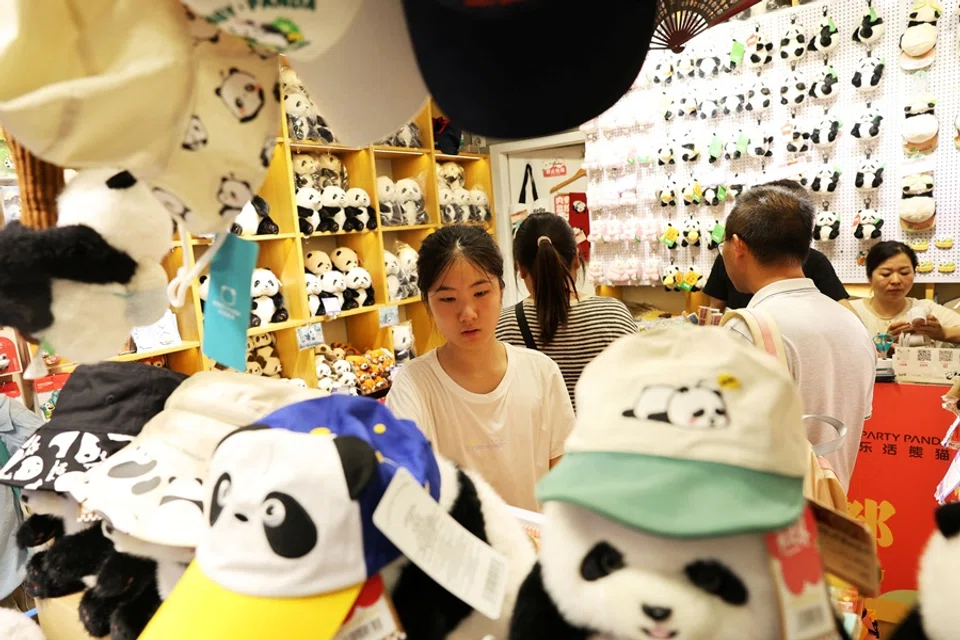
As soon as I entered the office, a colleague excitedly opened his luggage and asked me to pick a favourite from a colourful assortment of souvenirs from his trip to Chengdu.
Upon closer inspection, I saw a collection of small, knitted tote bags, each printed with a different cartoon version of Chengdu’s iconic animal — the giant panda; absolutely charming and irresistible. As I was choosing a design, my colleague asked, “Guess how much one of these bags costs?”
A well-made bag with such an adorable design would go for at least S$5 (US$3.80) in Singapore. Since he had bought a whole bundle, I figured they must have been a bargain. I adjusted my guess accordingly: “10 RMB (US$1.40)?”
He shook his head, “Too expensive.”
“8 RMB? 5 RMB? 3 RMB?” I kept lowering my guess, but still could not get it right. Finally, he revealed the answer: 2.50 RMB.
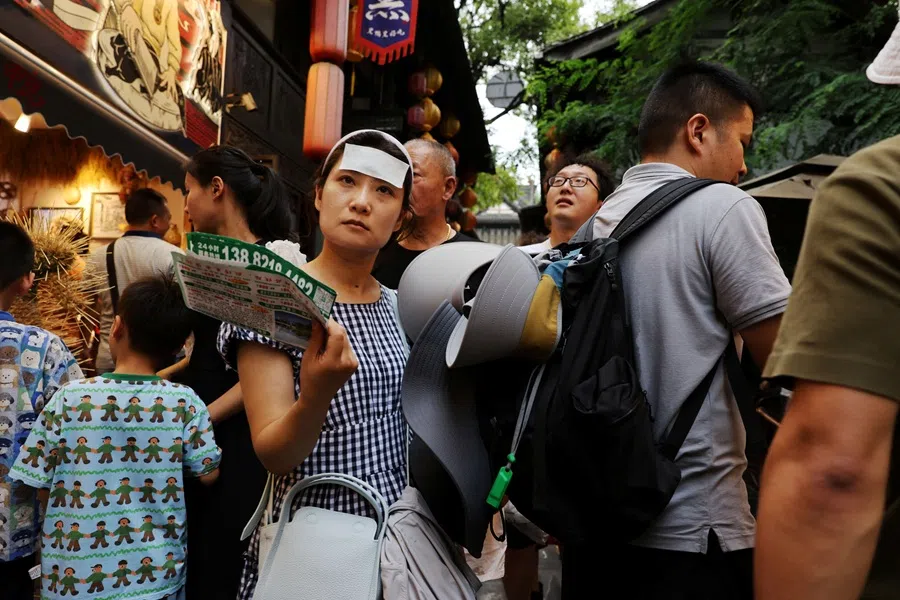
Another colleague chimed in, “They’re not even from a wholesale market — he bought them at a souvenir shop on Chunxi Road. He got 40 in one go!”
Online prices now higher
If I found such a bag on Chengdu’s busiest Chunxi Road going for just 2.50 RMB apiece, I would have done the same. The unbelievably low price made me curious about how much the same product sells for online.
A quick check on my phone showed that similar knitted tote bags mostly sold for 5 RMB to 10 RMB on Taobao; even Pinduoduo, known for its low prices, charges at least 2.60 RMB each. So, items sold in physical stores in the city centre of new first-tier cities could actually be cheaper than online?
... logistics costs from free shipping and returns, as well as consumer-friendly policies like “refunds without returns”, also add to their burden, driving online operating expenses ever higher.
Sharing this puzzlement with a Chinese friend, they remarked that online prices have been rising over the past two years, sometimes making physical stores’ discounts a better deal. “If it weren’t for saving time and effort, shopping in-store might actually be cheaper,” they said.
Amid intensifying involution among e-commerce platforms in recent years, sellers not only have to pay commissions to various platforms but also spend heavily on advertising to attract customers. Moreover, logistics costs from free shipping and returns, as well as consumer-friendly policies like “refunds without returns”, also add to their burden, driving online operating expenses ever higher.
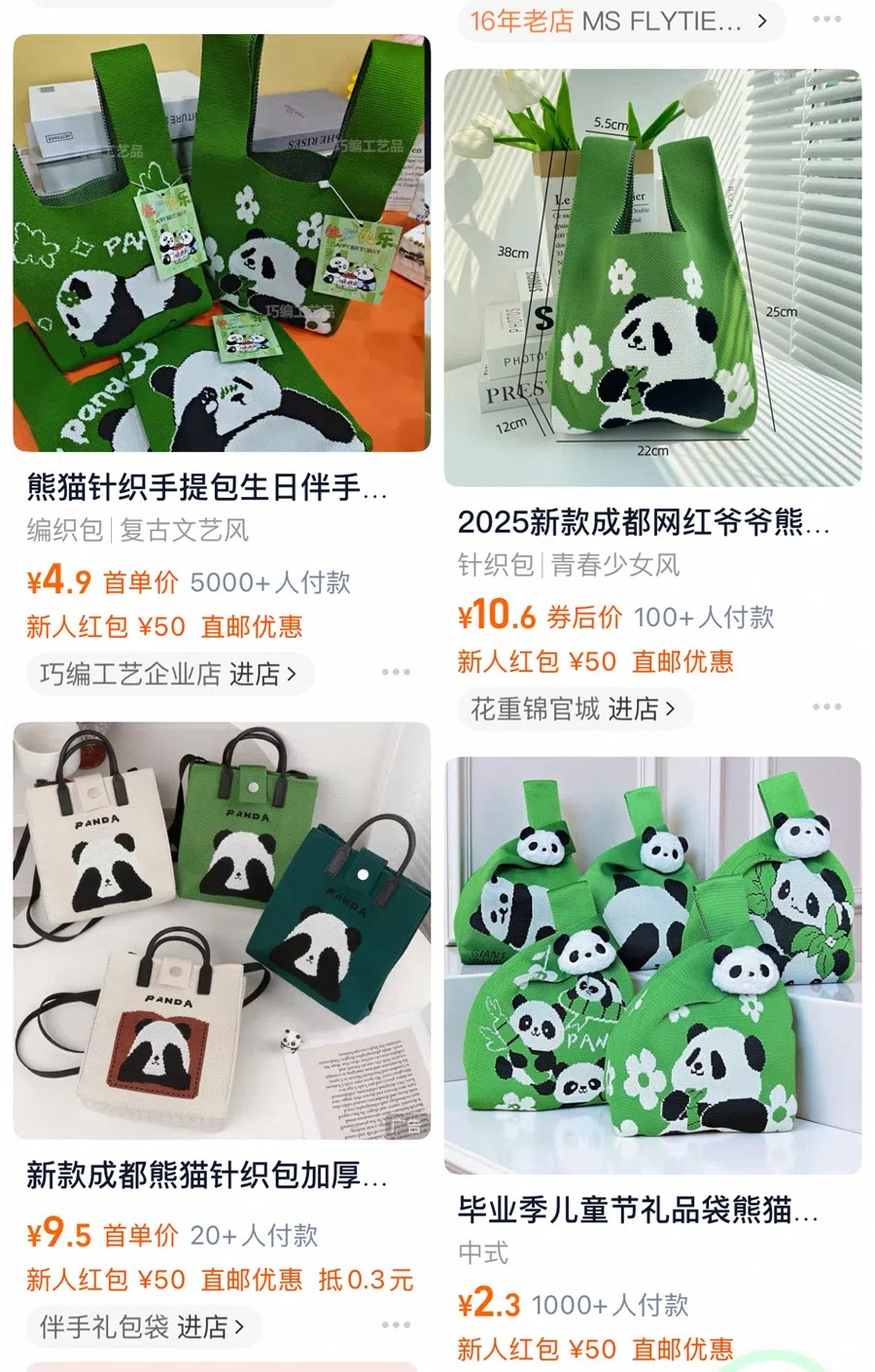
Chinese new media platform Tingtong Tech (听筒Tech) reported that an increasing number of businesses — from cinemas and hotels to restaurants — have been withdrawing from online platforms this year due to the high costs of e-commerce operations. Instead, they are redirecting those savings into driving offline traffic. Thus, it often becomes cheaper to buy cinema tickets in person than online, and booking a hotel room at the front desk can cost less than reserving it online.
Data from China’s National Bureau of Statistics show that the proportion of online retail sales of physical goods rose from 24.9% of total retail sales of consumer goods in 2020 to 27.6% in 2023. However, this share fell to 26.8% last year and dropped further to 25% in the first eight months of this year.
Also, offline retail formats such as convenience stores, supermarkets, department stores, specialty shops and brand outlets have all seen growth since March, signalling a resurgence in brick-and-mortar retail.
That said, involution is hardly limited to just e-commerce platforms. Considering rental, renovation and utility costs of running a shop on Chunxi Road, a tote bag priced at just 2.50 RMB would only be profitable if it costs about 1 RMB to make.
My colleague recalled that unlike popular items such as cultural fridge magnets, the panda tote bags in souvenir shops barely attract any attention — which might partly explain their low price. But then, who is mass-producing these well-made yet slow-selling items at such rock-bottom costs?
Today, Southeast Asia has become China’s main export market for textiles, with the influx of low-priced products disrupting local industries across the region.
Threat to textile industries outside China
China is the world’s largest producer and exporter of textiles and clothing, accounting for about one-third of global exports. As early as the 1990s, China’s textile industry faced severe overcapacity, prompting the US to impose quotas and tariffs on Chinese textiles.
Today, Southeast Asia has become China’s main export market for textiles, with the influx of low-priced products disrupting local industries across the region. Indonesian officials noted that affected by Chinese textile dumping, 60 textile companies in Indonesia planned layoffs last year, with up to 280,000 job cuts expected this year. In June, the Indonesian Fiber and Filament Yarn Producers Association proposed imposing at least a 20% anti-dumping tariff on Chinese filament products to protect the competitiveness of the domestic textile industry.
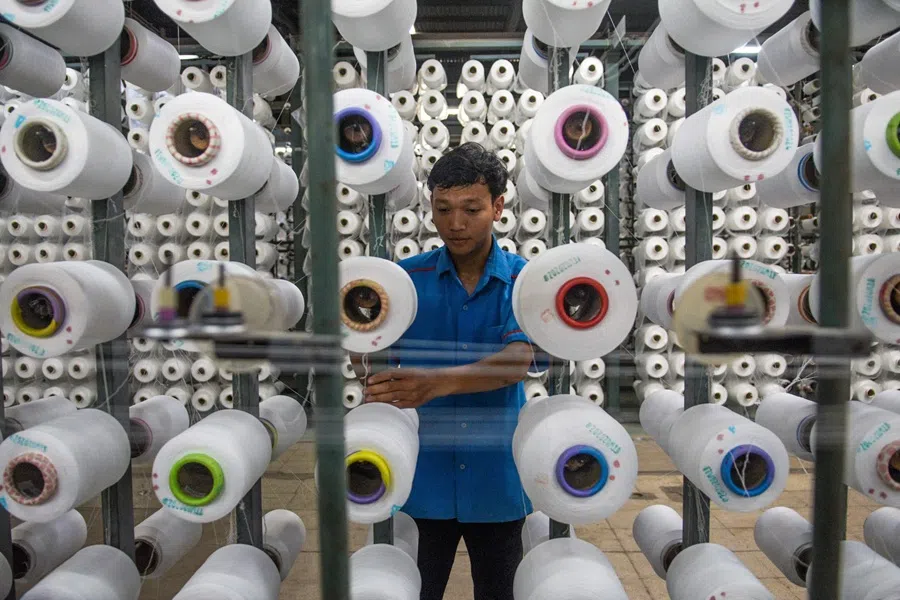
On the other side of the globe, the Caribbean nation of the Dominican Republic is facing a similar crisis. In July, the Dominican Association of Textile Industries warned that an influx of low-cost Chinese textiles had pushed the local industry to the brink of collapse. Without immediate government intervention, more than 70,000 jobs could be at risk.
Curbing overcapacity
Ahead of the recent China-US trade talks in Madrid, Democratic members of a House of Representatives committee on China wrote to US Treasury Secretary Scott Bessent and other officials, urging that any bilateral agreement should include binding clauses requiring China to reduce industrial overcapacity.
A high-quality, affordable tote bag bought on Chengdu’s Chunxi Road embodies both the strength of China’s manufacturing sector and the intensifying involution and spillover effects of the world’s second largest economy...
At the end of 2023, China’s government, for the first time in four years, publicly acknowledged overcapacity in some industries. Since then, it has begun addressing relevant problems and price wars in traditional industries such as steel and cement, as well as in new energy sectors such as solar panels and electric vehicles.
On 26 September, China’s Ministry of Commerce and three other departments jointly announced that the country will implement an export licensing system for pure electric passenger vehicles to “promote the healthy development of new energy vehicle trade” from January 2026. This move not only responds to other countries’ complaints about Chinese electric vehicle dumping but also aims to break the vicious cycle of oversupply that threatens the industry’s future.
A high-quality, affordable tote bag bought on Chengdu’s Chunxi Road embodies both the strength of China’s manufacturing sector and the intensifying involution and spillover effects of the world’s second largest economy. This item also reflects the diminishing e-commerce dividend and the revival of brick-and-mortar retail — trends that might offer fresh ideas for boosting domestic demand and easing overcapacity.
This article was first published in Lianhe Zaobao as “来自春熙路的手提袋”.




